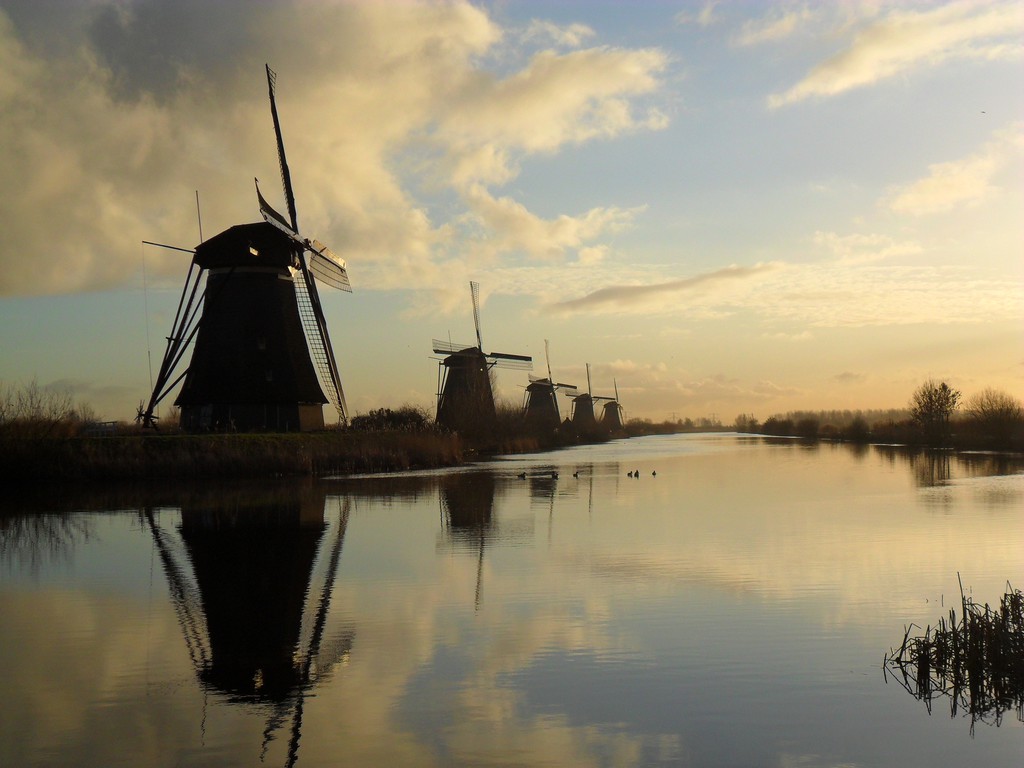
In this month’s GeoPolicy blog post, Dr Grace Skirrow outlines how researchers can share their expertise with environmental regulators to have policy impact and the role that fluvial geomorphology can play in policy decisions.
Fluvial Geomorphology and why it is relevant for policymakers
Fluvial Geomorphology (“fluvial”, derived from the Latin “fluvialis”, meaning “of th e river”) is the study of landforms that are created by the flow of water and subsequent transport of sediment in rivers. River systems are responsive in their nature, meaning that their behaviour and morphology (physical characteristics) are influenced by their environment. Key drivers include water supply, sediment supply, gradient, and the space in which they can inhabit (accommodation space). Rivers are dynamic and changeable; as drivers change, so does the river. The changes can occur over short timescales, as heavy rainfall causes rivers to flood, or longer timescale, as rivers adjust between glacial and interglacial conditions. Humans have been intensely modifying river channels and floodplains in Europe for at least the last two hundred years to support social and economic development. These activities modify the behaviour and physical character of a river. For example:
e river”) is the study of landforms that are created by the flow of water and subsequent transport of sediment in rivers. River systems are responsive in their nature, meaning that their behaviour and morphology (physical characteristics) are influenced by their environment. Key drivers include water supply, sediment supply, gradient, and the space in which they can inhabit (accommodation space). Rivers are dynamic and changeable; as drivers change, so does the river. The changes can occur over short timescales, as heavy rainfall causes rivers to flood, or longer timescale, as rivers adjust between glacial and interglacial conditions. Humans have been intensely modifying river channels and floodplains in Europe for at least the last two hundred years to support social and economic development. These activities modify the behaviour and physical character of a river. For example:
Rivers have been dammed to create reservoirs of freshwater, straightened and relocated to maximise area for growing crops, culverted to gain space for urbanisation, embanked to protect areas from flooding and reinforced to protect assets from bank erosion. While creating positive benefits for society, this modification has led to an overall degradation of the river environment, as reductions in diversity and connectivity have restricted the opportunity for habitat and biodiversity.
The good news is that there is European legislation that aims to protect the physical condition of river environments, and promotes restoration and sustainable management. Expertise on hydromorphology (landforms influenced by water not only specific to rivers), particularly fluvial geomorphology is often needed to support this legislation, as well as other policies that may modify or create changes to rivers, lakes, estuaries and coastal waters, to ensure they are created and implemented in the most effective way.
Working with environmental regulators to create policy impact
As outlined above, Fluvial Geomorphology is a broad discipline that includes research on aspects relating to many different fluvial systems and processes! For this reason, it can be very useful for environmental regulators who support the implementation of legislations and policies passed by national and regional governments.
Environmental Regulators are public bodies that regulate socio-economic activities that use or impact natural resources, such as water abstraction from lakes and rivers. Examples of environmental regulators include La Dirección General del Agua for Spain and Natural Resources Wales for Wales. Regulation often happens through permitting controls for impactful activities. To use fluvial geomorphology in an example, if I wanted to realign the course of a river, say in Scotland, under the Controlled Activities Regulation, I’d need a licence that grants me permission to do so!
The EU’s Water Framework Directive (also adopted by the UK post-Brexit) is one example of legislation that requires technical expertise and the support of environmental regulators. The Directive supports the protection of rivers, lakes, estuaries and coastal waters from environmental deterioration. It requires the classification of water bodies to a standardised criteria, the protection from degradation to a lower classification, and in some cases requires restoration to a higher classification.

Is it a river? A canal? A stream? And would experts and laypeople agree on what it is? Photo credit: Anna Nadolna (distributed via imaggeo.egu.eu).
As someone who worked for a regulator that focused on supporting the implementation of the Water Framework Directive, I noticed that Hydromorphology seemed to be the lesser-known aspect of the Water Framework Directive. I worked as part of a team of hydromorphologists employed by environmental regulators to provide specialist advice regarding the geomorphology in the water environment. The Water Framework Directive formed the basis for our work; we assisted in classifying water bodies, their regulation, protection, and restoration in accordance with the Directive. The creation, implementation, and monitoring of the Water Framework Directive requires input from many scientific disciplines including fish ecology, water chemistry, aquatic ecology, and aquatic biology to name a few, which makes for a holistic collaboration including Hydromorphology. Interdisciplinary collaboration is also seen as scientists work across policy sectors as the Water Framework Directive is reflected in a range of policies that may concern engineering, planning, agriculture, industry and/or flooding. The EU Member States and the UK are responsible for the implementation of the Water Framework Directive and consequently, each will do it in their own way. There are usually resources and information available on the website of the environmental regulator.
How can researchers engage with policymakers and provide useful information to environmental regulators?
The opportunity to collaborate with policy partners on research projects is a great way to deliver impactful research. Hydromorphologists can, for example, use and generate datasets that inform policymaking and support regulation and restoration on a national scale. Some of the key objects that Hydromorphologists can deliver to support policymakers and environmental regulations include:
- understanding drivers and dynamics,
- understanding the extent of human modification,
- monitoring changes to the water environment, and
- identifying opportunities for restoration.
Useful datasets that consider contemporary challenges facing policymakers and regulators such as river restoration, urban river dynamics, and climate change may provide new insights into the above objectives.
Each national environmental regulator will have different datasets at their disposal and have individual priorities for new datasets and research questions.
It is important for researchers to understand the specific needs of policymakers before bringing them evidence to ensure that it’s relevant and useful. A good place to start would be to learn how legislations and directives relevant to your area of expertise are implemented and what datasets are already used by your national environmental regulator.
Where to find more information
- The website for your national environmental regulator is a good place to look for information regarding their environmental policies for river modifications and/or engineering and how these are regulated.
- Look out for representatives at conferences or attend outreach events for networking opportunities.
- Details of the Water Framework Directive legislations can be found here.
- The Wise-Freshwater website provides information on the Water Framework Directive classification process and the Hydromorphology component.
- The blog posted by HR Wallingford titled ‘Hydromorphology: the forgotten facet of the Water Framework Directive‘ evaluates the role of Hydromorphology in the Water Framework Directive.



